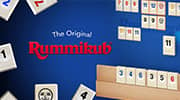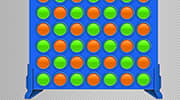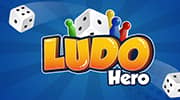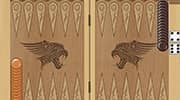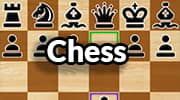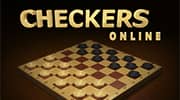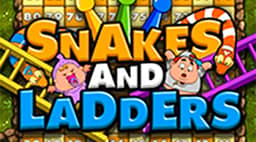
Share this game

Snakes And Ladders
Snakes and Ladders is a fun, dynamic version of the ancient Indian turn-based dice game popularized by Milton Bradley and later Hasbro as a children's board game. It's also a game of chance.
On a stone board in a grass yard, the player attempts to move an abstract-style avatar game piece or child character up a board to the last of 100 squares before another player or players. In the first mode, the player selects a colored piece and faces snakes. In the second, they choose a unique child and deal with slides. Before they begin they must also select a player-versus-player mode. They can compete against one to six bots or a similar number of live players.
The player and their competition take turns rolling a die in the lower-right corner. At the end of a roll, their abstract avatar or child character moves automatically across and up the board, as dictated by the number of face-up dots on the die. If the avatar stops at the front of a snake's mouth, the animal eats it and releases it to a lower-numbered position. If the child lands at the top of a slide, it slides down to a lower spot.
If a rolled number causes either to reach the bottom of a ladder, the abstract piece or child character slides to a higher-numbered square. A six-dot roll results in the player receiving another turn without the game switching to the other player or players.
Snakes and Ladders has the same rules as other similar games. If the player's roll displays more dots than spaces left to play, then the avatar or child reverses course by the same number.
How To Play
Select a mode, an abstract avatar game piece or a child character, and a P-v-P setting. When prompted, use the lower-right die. Wait for the avatar or child to move across the board and the other player or players to complete their turns. Continue to roll to attempt to reach the top leftmost corner of the board first.
Controls
Mouse: Click buttons.
Mobile: Tap buttons.

Snakes And Ladders.

